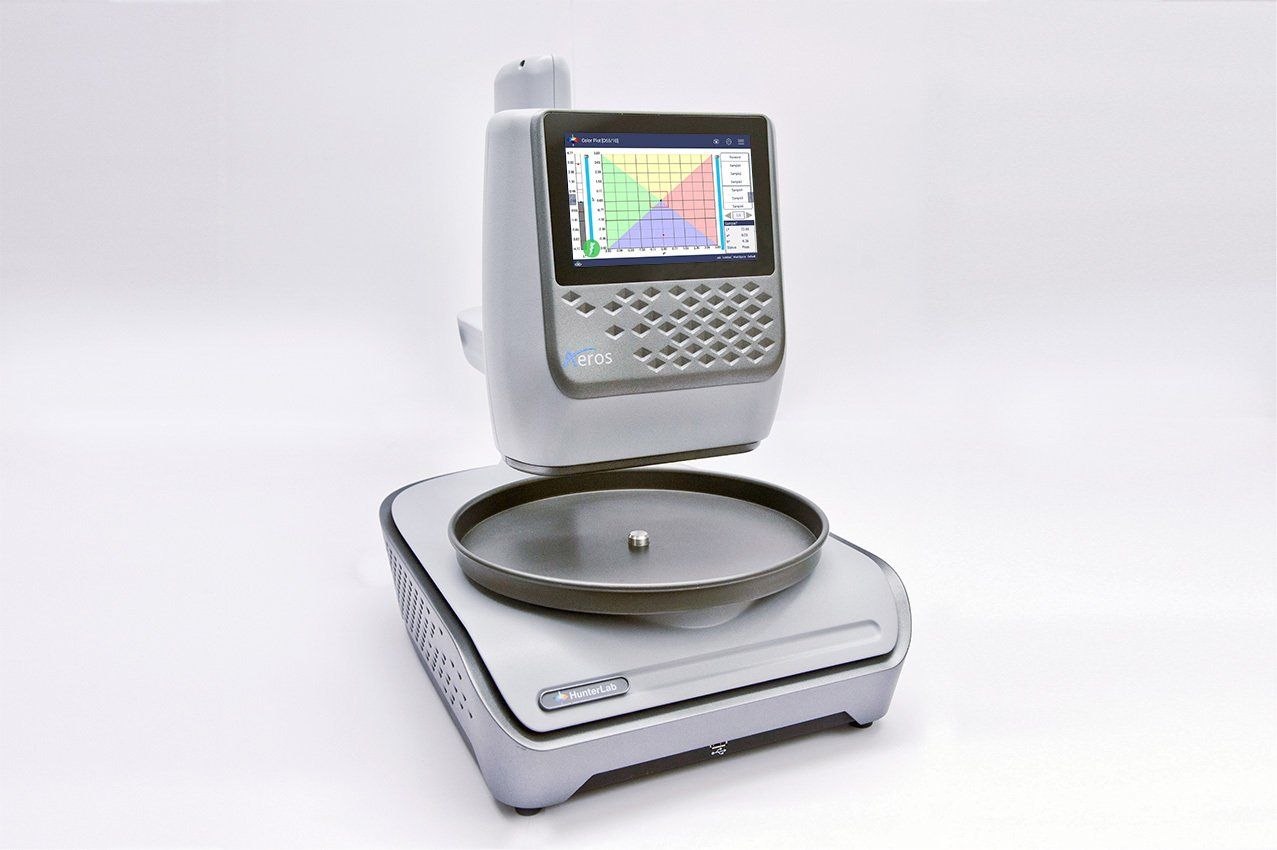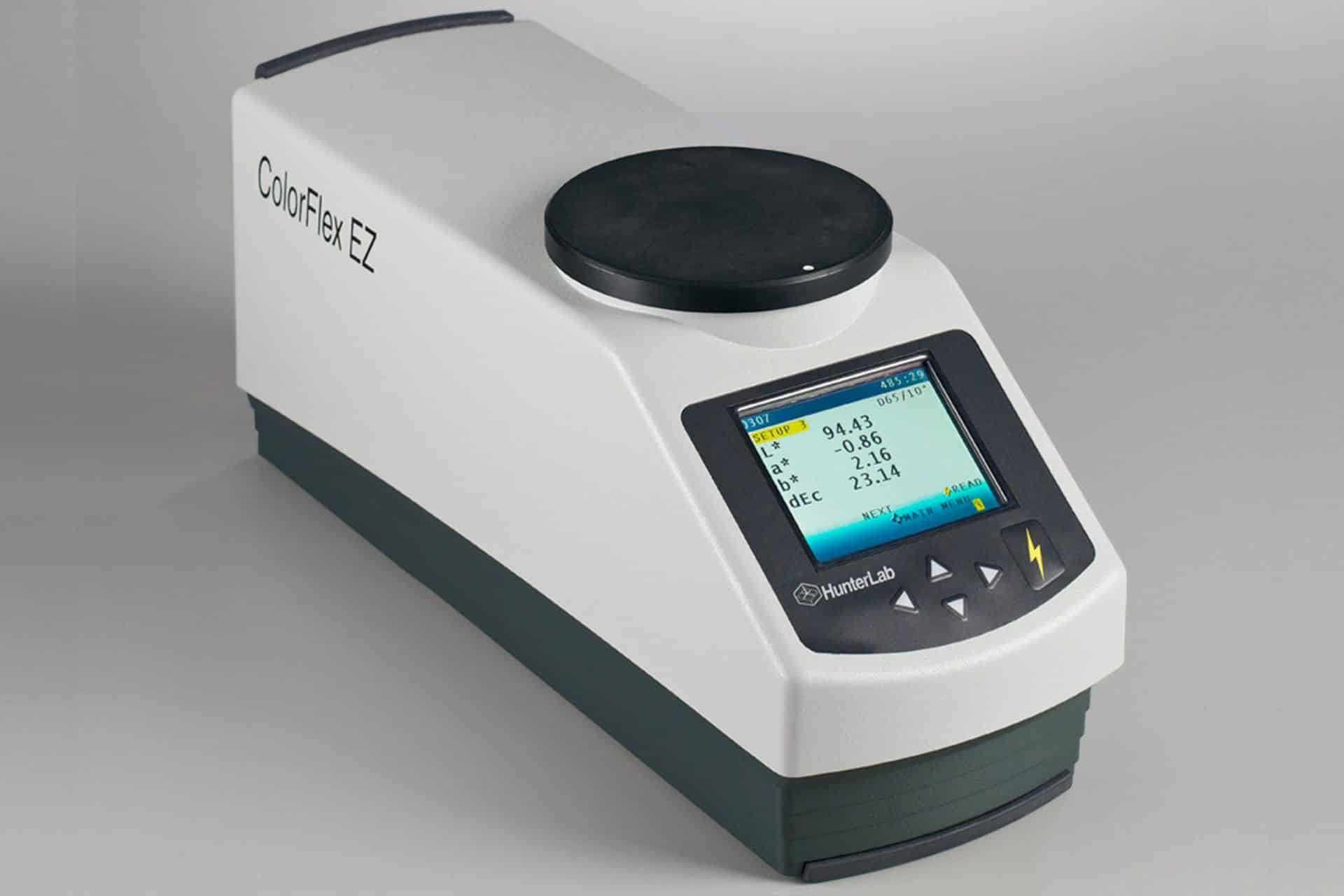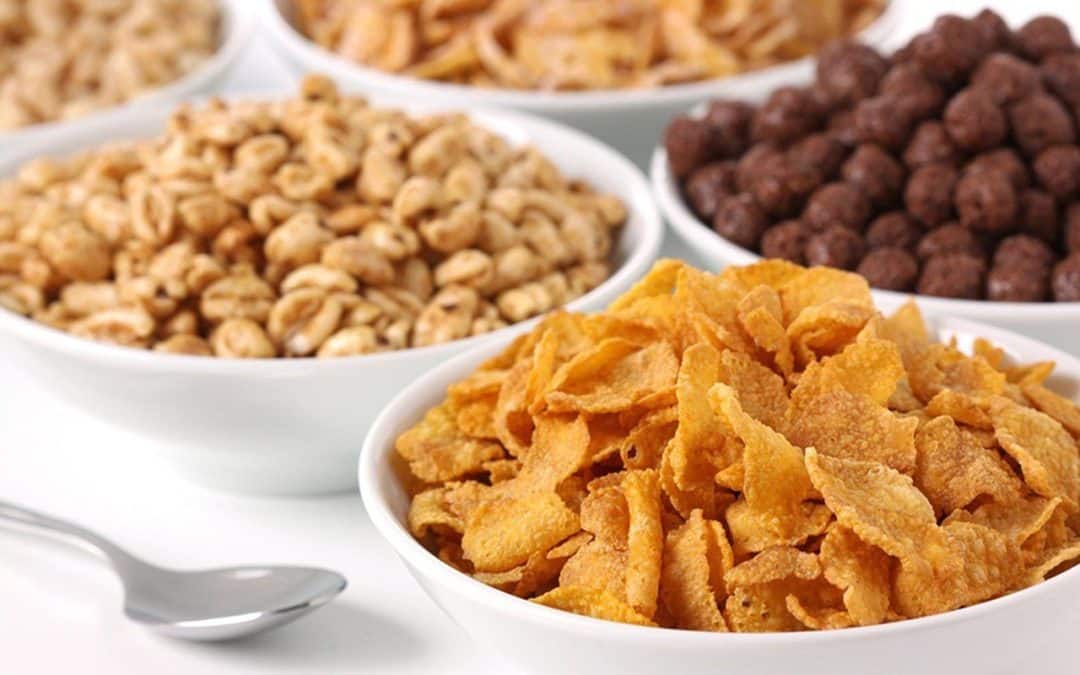Colour measurement of meat substitute products
Vegan ist in! Immer mehr Verbraucher konsumieren inzwischen Fleischersatzprodukte auf Pflanzenbasis. Die ausschlaggebenden Faktoren sind dabei oft die eigene Gesundheit, Tierwohl und Klimaschutz. Interessant dabei ist, die Akzeptanz von Fleischalternativen ist umso höher, je besser Geschmack, Geruch und Aussehen einem echten Stück Fleisch entspricht. Ziel der Hersteller von Ersatzprodukten ist somit, das gesamte Sensorik-Spektrum abzudecken, also ein Produkt zu kreieren, das in diesen drei Komponenten dem tierischen Original möglichst entspricht.
The characteristic taste we associate with meat most likely comes from animal hemoprotein and is not easily imitated by other ingredients and spices. This is where the colour of the product comes into play: According to a study in the Journal of Consumer Research, the colour and appearance of a food sometimes influence our taste impression even more than the actual taste. If a plant-based product looks like real meat, consumers are more likely to taste meat. When using plant-based proteins, it is therefore essential to optimize the visual impression as well as the taste.

High-quality colorimeters are the basis for reproducing the characteristic appearance of meat. These can be used to check the quality of the raw materials and additives in a product, as well as to check and guarantee the visually consistent appearance of the end product.
Specifically, the Aeros from Hunterlab, which can measure larger surfaces of inhomogeneous material in particular, would be suitable. Grainy raw materials such as seitan, soy, lupins and peas can be easily measured in the 30 cm diameter bowl. The cleaning effort is very low compared to conventional devices, as no glass cuvettes are used that would have to be cleaned afterwards.
If you want to measure the colour of powdered ingredients such as wheat proteins, spices or pigment powders, HunterLab recommends measuring in a glass cuvette with the ColorFlex EZ or the Agera. These devices are also suitable for measuring opaque liquids such as food colouring solutions.
For end products, such as plant-based burger patties, both the laboratory colorimeters mentioned above and inline spectrophotometers such as the SpectraTrend HT can be used.

Aeros
Direct and non-contact measurement of irregular samples. For granules, pellets, powder or snack food.

ColorFlex EZ (45°/0°)
Compact spectrophotometric station for laboratory and production with interface for transferring measurement data.

Agera (0°/45°)
Colour measurement (upward or forward-facing measuring opening) directly or in cuvettes, UV control and 60° gloss measurement.

SpectraTrend HT
Online (inline) spectrophotometer for quality control during production.
Contact us today to find out more about our devices and how you can best determine the colour of your product in particular.
The HunterLab team looks forward to hearing from you!






